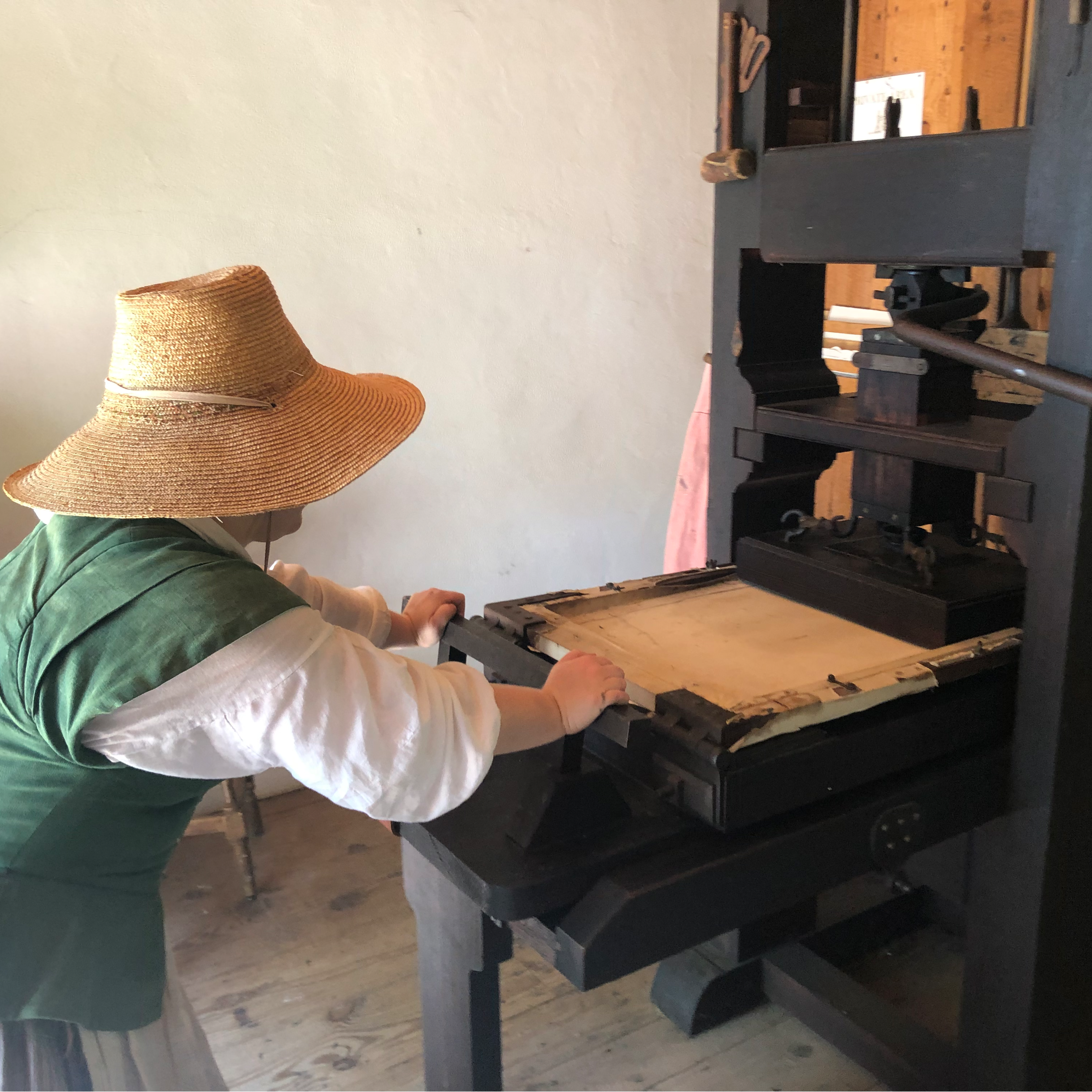We spent some time working with the Golden Bead Material, laying out the Small Number Cards in three columns for the numbers from 1 to 9, 10 to 90, and 100. Then we made the numbers from 1 to 9 with the unit beads. We slid the 10 card under the unit cards to make the teen numbers one at a time, and I placed a ten bar beside each set of unit beads to show how the "teen" in the numbers is a reference to "ten."
Thirteen is 3 plus 10. Fourteen is 4 plus 10. Fifteen is 5 plus 10. Etc.
Being able to physically build the numbers helps the patterns make sense.
Then we moved on to laying out enough ten bars beside the 10 cards to make 10, 20, 30, 40, 50, 60, 70, 80, and 90. We counted from 20 to 60, by ones, showing how the "ty" in the numbers is also a reference to "ten."
Twenty is two tens. Thirty is three tens. Fourty is four tens. Etc.
The difference between "teen" and "ty" is that "teen" means to add ten, and "ty" means to multiply by ten. Seventeen = 7 + 10. Seventy = 7 x 10.
The Small Number Cards introduce the color coding for place value which is carried forward throughout the rest of the Montessori materials. I love how they can be slid apart to show expanded notation, or layered on top of one another to show each digit in its correct color. Green is for units; blue is for tens; red is for hundreds.
Then it was time for a new pair of letters!
P is for Parrot
We looked at the illustration for X in The Wise Enchanter: A Journey through the Alphabet.

Then, of course, we played my xylophone!
Next, I read The Horrendous Hullablaoo by Margaret Mahy (the illustration for a parrot in the shape of a P is on the front cover), and we followed it with a hullabaloo of our own, experimenting with my collection of musical instruments and playing along to Hap Palmer. Several of these songs are excellent for building auditory discrimination.

Rhythms on Parade
- "Woodpecker" - I had two rhythm sticks; he had the xylophone
"Tap Your Sticks" - We both had a pair of rhythm sticks
"Bean Bag Shake" - Do this standing; we each had shaker eggs
"Stuff It in the Closet" - Do this walking around in a circle with a large variety of instruments in the middle; pantomime shoving a variety of things in as he is singing; when the stuff all falls out of the closet grab an instrument of your choice and make a lot of noise with it!
"Play and Rest" - Again, make all instruments available
I have a lot of musical instruments in my classroom including the xylophone, rainsticks, drums, shaker eggs, rhythm sticks, castanets, a cow bell, and frog drums in a variety of sizes.
This post contains affiliate links to the materials I actually use for homeschooling. I hope you find them helpful. Thank you for your support!






 Immersive Experience
Immersive Experience Immersive Experience
Immersive Experience








No comments:
Post a Comment